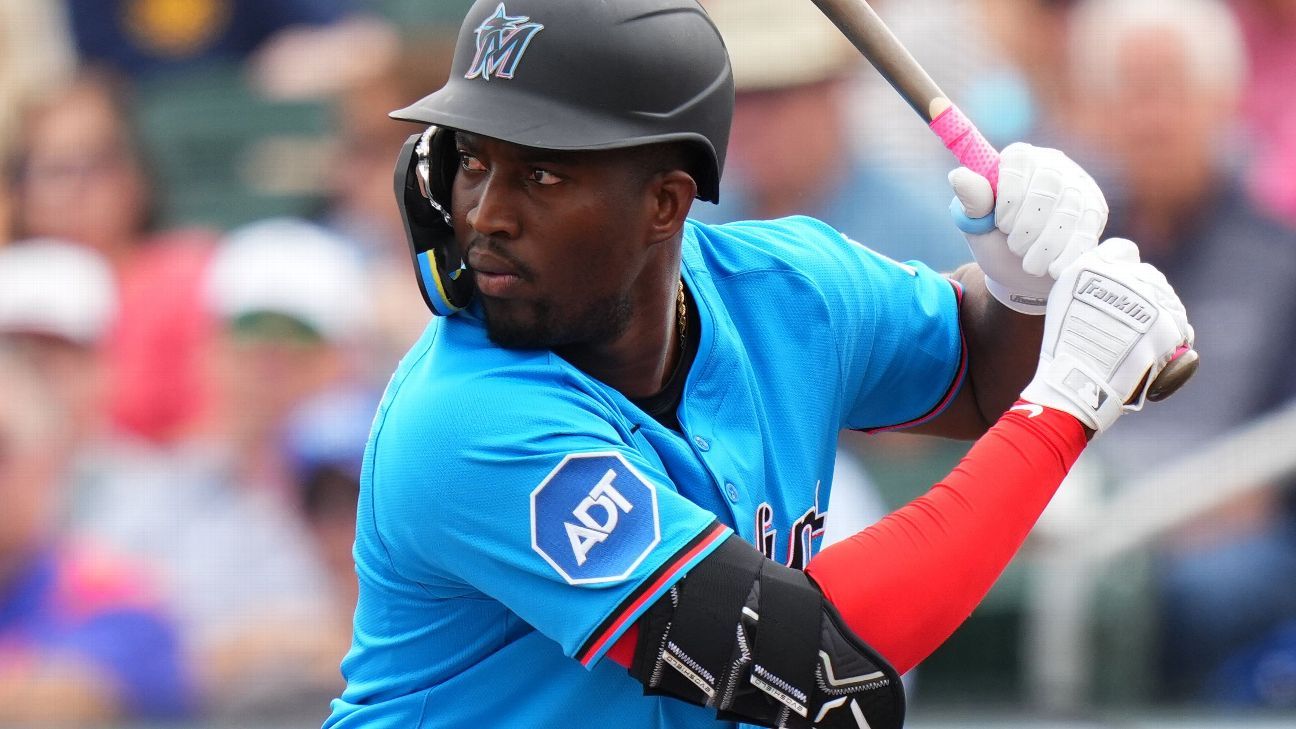
Former India captain Sunil Gavaskar believes several batsmen are getting concussed after being hit on the helmet because of the "front press" in their trigger movement. According to Gavaskar, one of the greatest Test openers, the best way to avoid getting hit on the head is to play on the back foot where the batsman can "ride" the bounce and has more options to respond with greater confidence.
Ever since Australia batsman Phillip Hughes died in 2014 as a result of being felled by a bouncer, which he played too early, the dangers associated with concussion have been looked at more closely in cricket. In the last month itself however, there have been several instances of batsmen being hit on the head, some of them suffering concussions. That list includes Indian allrounder Ravindra Jadeja who was ruled out of the final two matches of the T20I series, having top-edged onto his helmet in the series opener. The following week, Victoria batsman Will Pucovski, who is just 22 years old, missed out on a potential Test debut against India in Adelaide, after suffering a concussion during a multi-day warm-up game, the ninth one in his career.
By contrast, despite never wearing a helmet, Gavaskar said he was hit just one time on his head through his career - by the late West Indies legend Malcolm Marshall - during a Test match. "It's more to do today with the fact that everybody has got this front press, where they are technically moving forward, which is a little bit difficult, which is the reason why on bouncy pitches you have [batsmen struggling]," Gavaskar said on Monday.
Gavaskar was speaking on a show on host broadcaster Sony, alongside former Australian captain Allan Border, while previewing the four-Test series between Australia and India which begins with the day-night Test in Adelaide on Thursday. "In Australia you want to ride the bounce, to get onto back foot so you are able to ride the bounce - which is not what a lot of people are doing today," Gavaskar said. "They are so much onto their front foot, they are not able to transfer their weight and then get out of the way. As a batsman you tend to get a little bit locked."
According to Gavaskar, a safer way for batsmen to succeed on the bouncy pitches in Australia was to play more "back and across".
"See, Virat Kohli plays [the] bouncer so well. Why does he play the bouncer so well? Because he has got that back-and-across movement, so he is sort of waiting on the back foot for that short ball. Rahul Dravid, he used to wait on the back foot [to play] back-and-across. Sachin Tendulkar had a minimal front press, not a big front press. Therefore, he was still balanced when he played the short ball."
Playing back and across has a distinct advantage, as former Australian offspinner Ashley Mallett pointed out in his column for ESPNcicinfo in 2019. "Against fast bowling a back-and-across first movement allows the batsman to get in behind the line of flight," Mallet wrote. "If the ball is wide he can allow it to pass, but he can hook a short ball that is passing over leg stump if he is back and across his stumps, with his head inside the line of flight. This technique is terrific because even if he makes a mistake and misses the ball, his head is inside the line and out of harm's way."
Gavaskar underlined Mallet's point. "It is just a little technical thing which is the reason why a lot of these people are getting hit on the helmet. Most of the times batsmen getting hit on the helmet are in between the crease: where their front foot is outside the crease and their back foot in the crease. You will very seldom find a batsman getting hit if both his feet are inside the crease, near the stumps, because it has given the batsman that extra yard to either duck under the ball or sway out of the way. But that is not what is happening and that is the reason I believe they are getting hit."
Nagraj Gollapudi is news editor at ESPNcricinfo
© ESPN Sports Media Ltd.















 Phone: (800) 737. 6040
Phone: (800) 737. 6040 Fax: (800) 825 5558
Fax: (800) 825 5558 Website:
Website:  Email:
Email: 






